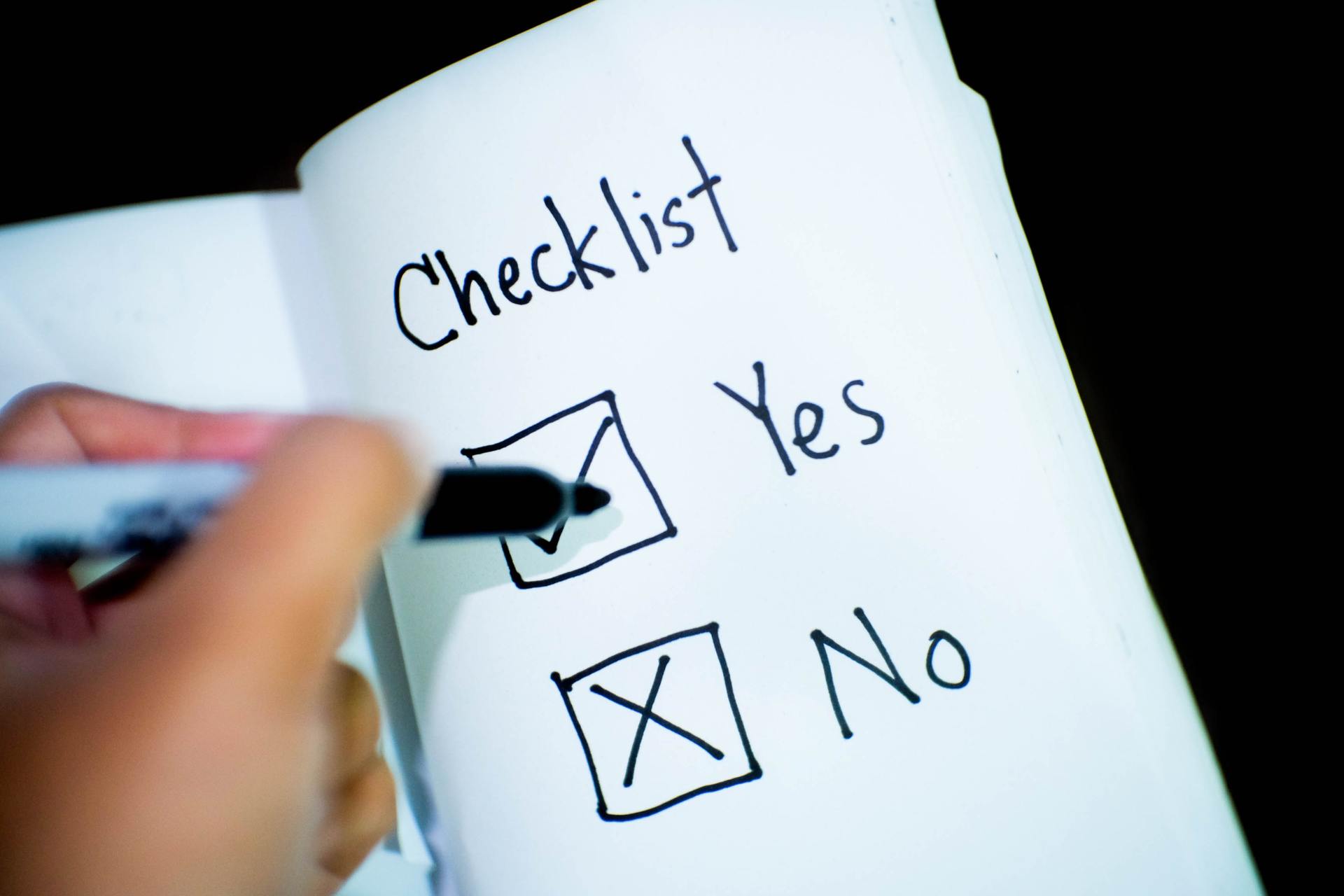Personal Tax Account – Everything you need to know
What is a Personal Tax Account?
In December 2015, HM Revenue & Customs (HMRC) introduced Personal Tax Accounts to enable individuals to view and manage their own tax affairs quickly and simply online. New services have since been added, and continue to be, as part of HMRC’s digital tax strategy. Over 16 million people have already set up a Personal Tax Account – so should you join them?
What are the main benefits of a Personal Tax Account?
Some of the main advantages include:
- Viewing your Pay As You Earn (PAYE) tax codes
- Advising HMRC of changes to your employment benefits
- Obtaining end of year income details quickly
- Making claims to reduce your Self-Assessment payments on account
- Updating child benefit and tax credit claims
- Checking your State Pension Forecast (how much state pension you could get) at a click of a button.
We find our clients love the ability to check their state pension forecast, particularly those who have spent time out of work. This enables clients to plan their retirement income, so it’s really never too early to check if there are gaps in your National Insurance (NI) record or that your record is correct. Depending on your circumstances, this information could also help you decide if you wish to make any voluntary contributions to fill in any gaps so that you qualify for the full state pension when you retire.

What else can I do within my Personal Tax Account?
In addition to the benefits above, through your Personal Tax Account you can also:
1. Check and change your address, your name, and marriage or civil partnership status that HMRC has on record for you.
2. Track the progress of any letters or tax forms you’ve submitted online.
3. Make a Marriage Allowance transfer claim (including back dated years) or check the progress of an existing claim. For more information regarding the rules surrounding Marriage Allowance claims or to check if you are eligible, please contact us.
4. Opting out of Child Benefit if you or your partner do not want to incur a High-Income Child Benefit Charge.
5. Apply for a Certificate of Residence in the UK (at present, applications are made via GOV.UK and you provide your Personal Tax Account ID and password when you apply).
6. Apply or check your position for protection from reductions in your Pension Lifetime Allowance (for applications made via GOV.UK) For more information regarding your Pension Lifetime Allowance, please contact us.
7. If you have received PAYE assessment showing under or overpaid tax in the last year you should be able to see an explanation of why this happened via your Personal Tax Account. You can also make a payment of all or part of the underpayment or claim a repayment via BACS through your Personal Tax Account.
8. View the month by month pay and tax figures reported by your employer/pension provider for this current tax year as well as the past 4 tax years.
9. If you are within the Self-Assessment system, you can view and print your Self-Assessment tax calculation (SA302). When applying for mortgages/loan’s, the lender will usually ask you for forms SA302.
10. Apply for a refund of Class 2 or Class 4 National Insurance contributions.
11. Apply to get your rental income paid without UK tax being taken off, if you’re a non-resident landlord (for applications made via GOV.UK).
There are a few other features, and you can access a full list here.
But doesn’t my Accountant do this for me?
The answer is yes, and no.
As a tax advisor, we review changes to our clients tax codes and check for changes to their employment benefits and contact HMRC as necessary to inform them. For those client’s in Self-Assessment, we also calculate and submit any relevant claims to reduce your payments on account.
Sadly, we are not currently able to access your NI/State Pension records and so only you can view this information. Once you have it though, we can review it, to advise and support you on the best course of action.
We don’t have access to information regarding Tax Credits or Child Benefit claims either and HMRC are no longer willing to give us your P60 pay and tax information over the phone. This means it can be useful to set up a Personal Tax Account.
When it comes to pay and tax details, your Personal Tax Account is updated every single month, in real time. For those in Self-Assessment, this information can be used to confirm your income so if you’ve lost your P60 or have not received it, you can use the information from your Personal Tax Account instead.
Obtaining and passing that information to us would result in you being advised of any tax liabilities sooner rather than later. This allows you plenty of time to prepare for future tax payments or could result in you receiving a refund sooner.

But can’t you just access my Personal Tax Account?
Unfortunately, not. Our professional accounting bodies have advised all Accountants not to use or to know client’s personal access credentials as HMRC do not approve of this. However, HMRC are considering whether your Accountant should have access to more of this information, where you authorise them to do so. So, hopefully at some point in the future this will be possible.
Why we suggest our clients should sign up, and how to sign up?
The benefit of signing up means you can make any of the changes above, without needing to send a letter or call HMRC. For those who have written to HMRC, you are no doubt aware of the standard four week response time. As for calling, we were once advised by a HMRC officer to call between 7.30-8.00pm on a Tuesday or Thursday evening – why? Because this is when EastEnders airs and is apparently one of HMRC’s quietest times! Humour aside, we know how frustrating it can be waiting for a response to a query made in writing or waiting and waiting on the phone. Through the Personal Tax Account you can make changes with the click of a button.
How to sign up
Signing up only takes a few minutes and you will just need to have your NI number and your P60 (if you have one) with you. If you already have a Government Gateway account or have already proved your ID through Gov.UK Verify, it will be even quicker. For security, a code will be texted to you each time you want to enter the Personal Tax Account.
You can sign up and access your Personal Tax Account by visiting HMRC’s website on your desktop computer, tablet or smartphone. HMRC also has an App (App Store/Play Store) which can be downloaded to your tablet or smartphone for easy future access.
If you have any questions regarding the Personal Tax Account or any other matter, please contact us for assistance.

